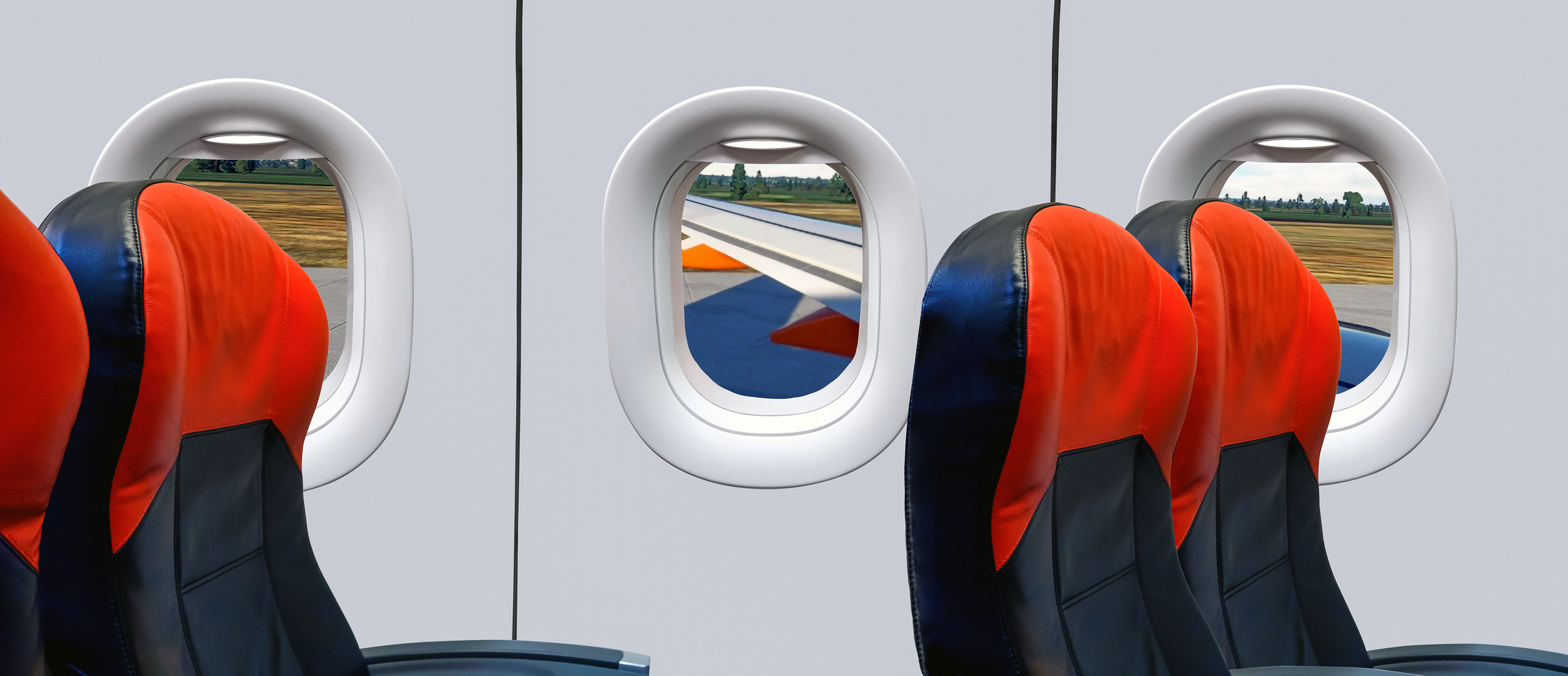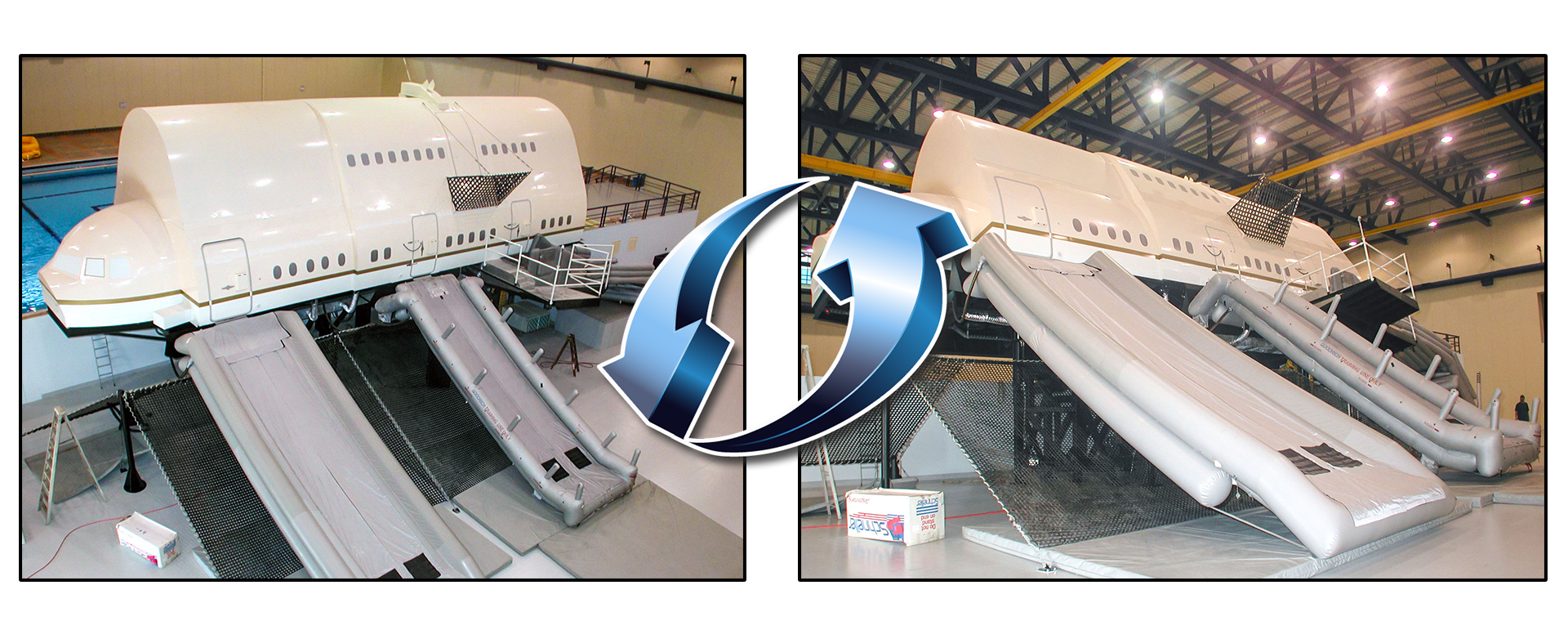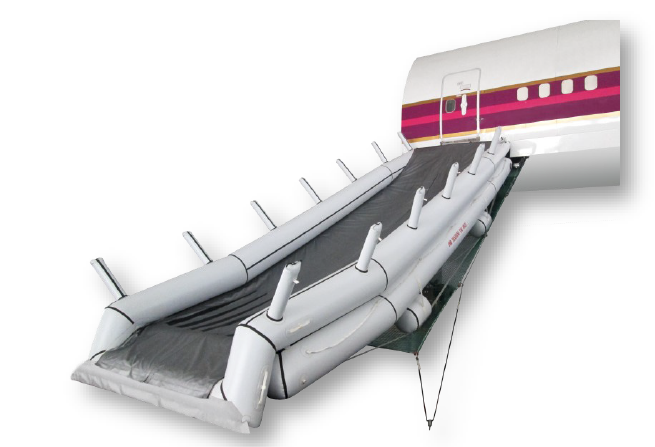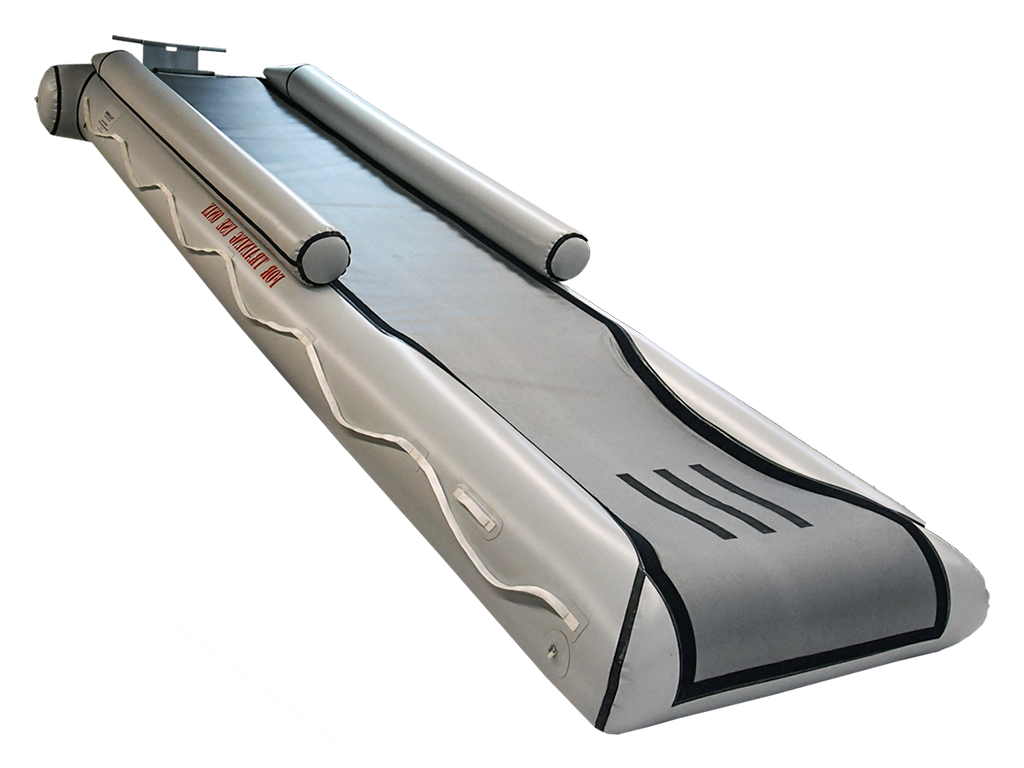
Visual Systems
A window visual system brings added realism and immersion to our commercial cabin trainers by recreating realistic scenes and views passengers experience during flight. HD display monitors installed behind the cabin windows simulate skies, runways, or in-flight conditions, giving crews a more lifelike environment to train in. This enhances situational awareness and improves the quality training by allowing attendants to practice in conditions that closely resemble actual aircraft operations.
Every system is custom-engineered to meet the exact requirements of each trainer. Options can include static scenic views, dynamic moving visuals, or programmable environments that align with specific training scenarios.
Trainers are designed with flexible instructor control systems that put the entire training environment at the instructor’s fingertips. Through a dedicated instructor station and wireless tablets, instructors can seamlessly configure training scenarios, trigger events, and monitor crew performance in real time. This allows for efficient management of lessons and immediate adjustment to changing training needs.
Wireless tablet control gives instructors the freedom to move throughout the cabin during sessions, observing crew interaction up close while still maintaining full authority over the trainer’s systems. From initiating normal service operations to activating complex emergency scenarios such as smoke, lighting changes, or system malfunctions, the control system ensures training is dynamic, realistic, and tailored to each customer’s program requirements.
Smart Control
Cabin Motion Bases
Cabin Trainer Motion Bases bring a new level of realism to crew training by replicating the movement and forces experienced during actual flight conditions. Integrated beneath the cabin structure, the motion base allows the trainer to pitch, roll, and heave in response to programmed scenarios—simulating turbulence, takeoffs, landings, and in-flight maneuvers. This dynamic capability prepares crews to respond effectively to the physical challenges of flight, building confidence and situational awareness in a safe, controlled environment.
Slide Trainers
Slide Trainers are purpose-built to provide flight crews with realistic, hands-on experience in emergency evacuation procedures. Designed to replicate actual aircraft exits, these trainers incorporate fully functional emergency slides, doors, and associated systems, allowing crews to practice rapid deployment, passenger management, and safety protocols under authentic conditions.
Each slide trainer is custom-engineered to match the exact specifications of the customer’s aircraft type. Optional features—such as lighting, smoke, sound effects, and scenario-based controls—enhance realism and prepare crews to respond effectively in high-stress situations. Built with durability and repeatability in mind, STS slide trainers deliver reliable, immersive training that strengthens crew readiness and ensures compliance with global safety standards.
Oxygen Drop Systems
STS’ Auto-Deploy and Auto-Retracting Oxygen Mask Systems give cabin trainers the same critical safety features found on board commercial aircraft. At the instructor’s command—or triggered automatically within a training scenario—the system deploys passenger oxygen masks from the overhead units, providing flight attendants with a realistic environment to practice emergency procedures. Once training is complete, the masks automatically retract, resetting the system quickly for the next session without manual intervention.
Fire Simulation
Fire Simulation and Smoke Systems create highly realistic training environments that prepare crews to manage one of the most critical in-flight emergencies. Integrated into cabin trainers, these systems generate controlled visual and atmospheric effects, simulating smoke buildup from fires in galleys, lavatories, or overhead compartments. Instructors can adjust intensity and location, giving crews the opportunity to practice detection, communication, and coordinated response under lifelike conditions. Designed for safety, reliability, and repeatability, the system allows crews to use real emergency equipment such as extinguishers, breathing apparatus, and protective gear without risk.









